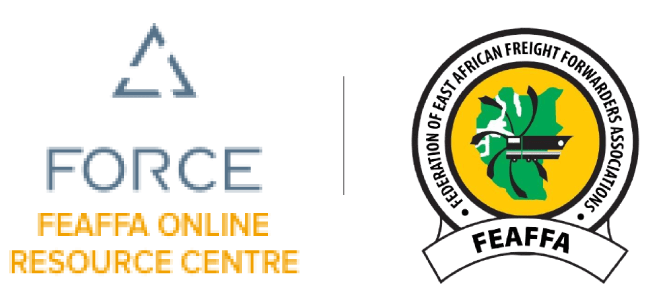Topic 1,
Sub-Topic 1
In Progress
The Port Clearance Procedure for Different Types of Ports
The Port Clearance Procedure for Different Types of Ports
- Upon the arrival of the cargo at the port, the agent embarks on the preparation of customs documents which are picked-up from the importers. This is done through:
- Receiving of shipment alert from the shipping line for sea freight shipments
- Arrangement of local pick-up documents
- Preparing customs documents
- Clearing cargo through customs.
Customs Verification and / or Scanning
- For scanning the container is loaded on a truck and passed through the scanning machines either in the port. If the scanning image shows any discrepancies, customs will usually proceed to do verification. For customs verification, containers have to be placed down, opened and stripped.
- Once the goods are cleared by customs, the receiving forwarder will now pick-up the goods at the port and processes involved are:
- Arrangement of local pick-up of goods
- Transport arrangement
- Preparation of transport documents
- Delivery to consignee
Automation of Port Clearance Process
- Different port uses different clearance procedures depending on the level of automation.
- Modern ports have embraced full automation and their clearing procedures are paperless, while other ports still use manual cargo clearance process.
- Example; Mombasa port in Kenya is fully automated with the utilization of “KWATOS” System Application Product (SAP) in place on cargo clearance.
Port Clearance Procedure
a) Vessel Schedules window:-
- It indicates all the vessels calling at the port on a particular date which will assist in booking space for export or confirmation of arrival date of import cargo.
b) Yard Operations Services option: –
- It assists forwarder when requesting for special services from KPA; like the Gang hire, overtime request, and equipment request during pre-inspection/ pre-verification.
c) Documentation window:-
- It enables the Forwarder access to the Manifest window. It shows documents progression at various stages during cargo clearance period. Customs clearance for CFS Stations mostly private owned. (not yet interfaced to KWATOS).
- Terminal holds when cargo has been stopped by customs for reasons within customs laws or any other government agency operating at the port.
d) Gate operations window:-
- For issuance of pre-advice slip for export cargo, issuance of pick-up order slip for both imports and export containers to allow secure transport to deliver cargo out or in the port. Gate in/out list of all cargo delivered at the port daily.
e) Rail operations option:
- Gives train schedules for the railage of cargo to various destinations at the hinterland Inland Container Depots from the main seaport (Kilindini) or vice versa. Rail transport booking option and other functions like Rail in/out list for the particular containers to be railed, Container Inventory at the port, (imports, export or empties).
f) Coding option window:
- This window reflects the codes for various items and port users.
- Port Partners: – e.g. transporters/ shipping lines or agents.
- Vessel Codes: – for different ships calling at the main seaport for ease of cargo booking.
- Size and type of containers’:- 20 feet, 40 feet normal height of (8’6”) or 40 feet high cube, i.e. with height of (9’6”)
g) Administration window option
- This window option is made to be accessed only by the Port Management and not accessed by the Clearing and Forwarding Agents or other port users.
